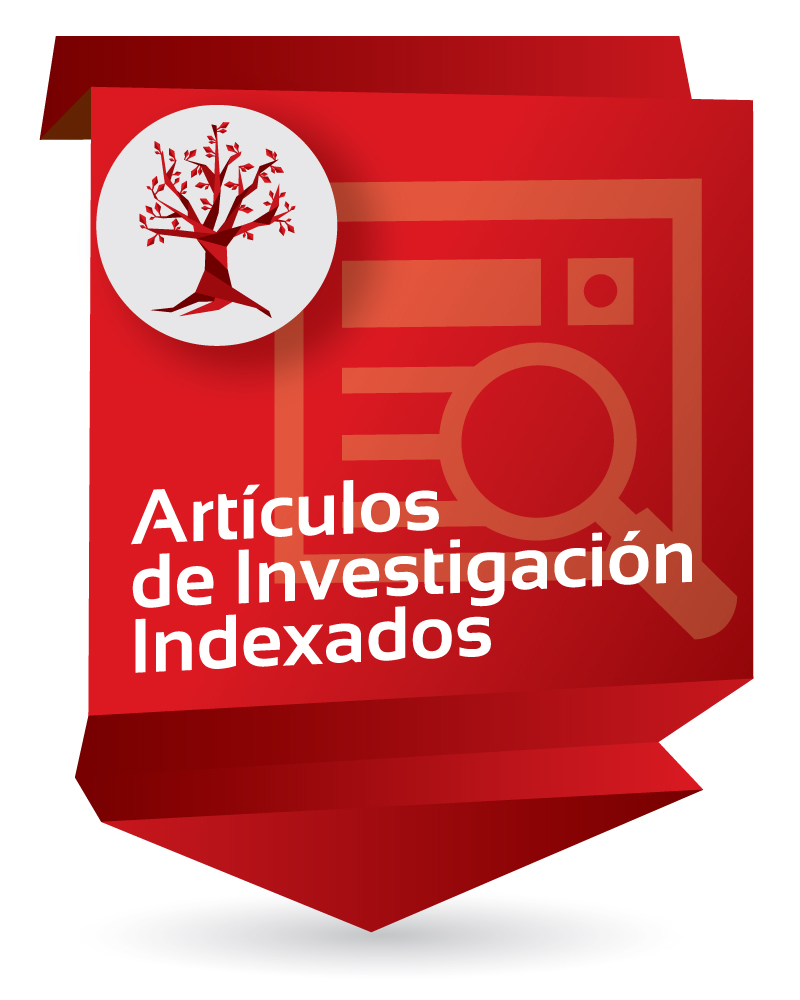Hemoglobin variants in Colombian patients referred to discard hemoglobinopathies
Variantes de hemoglobina en una población con impresión diagnóstica positiva para hemoglobinopatías en Colombia

Item Links
URI: http://hdl.handle.net/10818/64182Visitar enlace: https://www.scielo.cl/scielo.p ...
DOI: 10.4067/S0034-98872015001000004
Compartir
Statistics
View Usage StatisticsBibliographic cataloging
Show full item recordAuthor
Romero-Sánchez, Consuelo; Gómez Gutiérrez, Alberto; Duarte, Yurani; Amazo, Constanza; Manosalva, Clara; Chila M. LorenaDate
2015-10Abstract
Oxygen transport is altered in hemoglobinopathies. Aim: To study the distribution of hemoglobinopathies in Andean subjects without African ancestry. Material and Methods: We analyzed blood samples of 1,407 subjects aged 18 to 59 years (58% females), living in the central Andean region of Colombia, referred to discard hemoglobinopathies. The frequency and type of hemoglobinopathy was established by capillary and agarose gel electrophoresis. Results: The frequency of hemoglobinopathies was 34.5% and higher among females. The structural variants found were: AS-heterozygous hemoglobin (8.1%), homozygous SS (3.7%), heterozygous SC (2.2%), AC heterozygotes (0.5%) and heterozygous AE (0.3%). Quantitative variants found were Hb A-Beta thalassemia (13.91%) and Hb H (0.06%), Beta-thalassemia heterozygotes C (0.88%), S-Beta thalassemia heterozygotes (6.07%) and compound heterozygous SC/Beta thalassemia (0.25%), with a persistence of fetal hemoglobin 0. Composite thalassemia was also found in 31%. All techniques showed good correlation and capillary electrophoresis demonstrated a greater detection of hemoglobin variants. Conclusions: The frequency of hemoglobin variants in the analyzed population was high, which is an important public health indicator. The most common hemoglobin variant was HbA/Increased structural Hb A2 and the mos frequent structural hemoglobinopathy was sickle cell trait. Capillary electrophoresis can discern any Hb variants present in the population.
Ubication
Revista médica de Chile , 143 (10), 1260-1268.
Collections to which it belong
- Facultad de Medicina [1584]
















